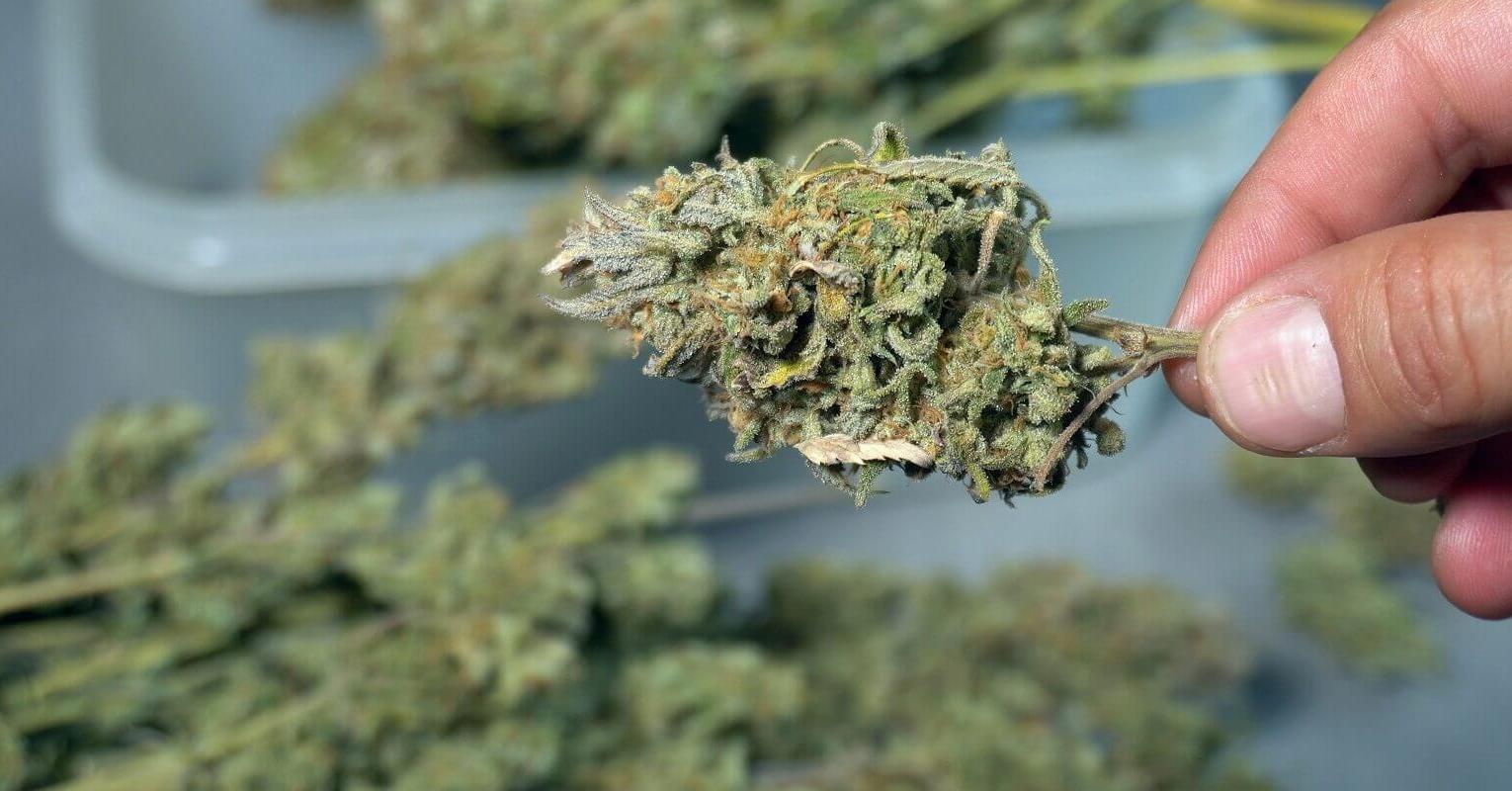Cannabis, often referred to as marijuana, is a plant that has been used for various purposes for centuries. While it’s widely recognized for its recreational and medicinal applications, the concept of personalized cannabis use is gaining momentum. In this article, we’ll explore the idea of tailoring cannabis consumption to individual needs by finding the ideal strain and dosage. All of this will be presented in simple language, adhering to your guidelines.
Understanding the Variability of Cannabis
Cannabis is not a one-size-fits-all substance. It contains a wide range of compounds, including cannabinoids and terpenes, which contribute to its effects. Moreover, individual responses to cannabis can vary significantly based on factors such as genetics, tolerance, and metabolism. This variability highlights the importance of personalized cannabis use.
Identifying Your Goals
The first step in personalizing your cannabis use is to identify your goals. Are you using cannabis for medical purposes, such as pain relief or anxiety management? Or are you seeking recreational enjoyment and relaxation? Knowing your objectives will guide your choices of marijuana edibles and the dosage.
Strain Selection
Cannabis strains are typically categorized into three broad categories: indica, sativa, and hybrids. Each type is associated with different effects, and selecting the right strain is essential for achieving your desired outcome.
- Indica: Indica strains are often associated with relaxation, pain relief, and sleep. They may be suitable for individuals looking to unwind or manage chronic pain conditions.
- Sativa: Sativa strains are known for their energizing and uplifting effects. They can enhance creativity and focus, making them a choice for daytime use.
- Hybrids: Hybrid strains are a combination of indica and sativa genetics. They offer a balanced experience, and their effects can vary depending on the specific strain’s composition.
It’s important to note that the indica-sativa classification is a simplification, and individual strains may have unique cannabinoid and terpene profiles that produce varying effects.
Considering Cannabinoid Content
Cannabinoids are the chemical compounds in cannabis responsible for its effects. Two of the most well-known cannabinoids are tetrahydrocannabinol (THC) and cannabidiol (CBD). The ratio of these cannabinoids in a strain can greatly influence its impact.
- THC-Dominant Strains: Strains with higher THC content are associated with psychoactive effects, including euphoria and altered perception. They are typically chosen for recreational purposes but can also provide pain relief and relaxation.
- CBD-Dominant Strains: CBD-dominant strains contain minimal THC and are not psychoactive. They are chosen primarily for their potential therapeutic benefits, such as reducing anxiety and inflammation, without the “high” associated with THC.
- Balanced Strains: Some strains have a balanced ratio of THC and CBD. These strains aim to provide a combination of therapeutic benefits and mild psychoactive effects.
Dosage Matters
Once you’ve selected a suitable strain, the next step is determining the right dosage. Dosage is crucial because it can mean the difference between a positive and negative experience. Factors that influence dosage include:
- Tolerance: Individuals who are new to cannabis or have a low tolerance should start with a lower dosage and gradually increase it as needed.
- Method of Consumption: The method you choose for consuming cannabis can impact the onset and duration of effects. Smoking or vaporizing typically results in faster onset, while edibles take longer to kick in but have a longer-lasting effect.
- Individual Sensitivity: As mentioned earlier, individual responses to cannabis vary. What works for one person may not be suitable for another.
Start Low and Go Slow
A common mantra in the cannabis community is “start low and go slow.” This means beginning with a low dose and gradually increasing it until you achieve your desired effects. It’s easier to adjust to a higher dose than to deal with the potential discomfort of overconsumption.
Keeping a Cannabis Journal
Maintaining a cannabis journal can be incredibly valuable in personalizing your cannabis use. In your journal, you can record the following:
- The strain you used
- The dose
- The method of consumption
- The time of consumption
- The effects you experienced
- Any side effects
- How the cannabis made you feel physically and emotionally
Over time, your journal will help you identify patterns and preferences, allowing you to refine your cannabis use further.
Consulting a Healthcare Professional
If you’re using cannabis for medical purposes or have specific health concerns, it’s advisable to consult a healthcare professional. They can provide guidance on strain selection and dosage based on your individual needs and medical history.
Legality and Responsible Use
It’s essential to use cannabis responsibly and in compliance with local laws and regulations. Be aware of the legal status of cannabis in your area and follow the rules accordingly.
Conclusion
Personalized cannabis use involves finding the ideal strain and dosage that align with your goals and preferences. By considering factors such as strain type, cannabinoid content, and individual sensitivity, you can tailor your cannabis experience to meet your specific needs. Remember to start low, go slow, and keep a cannabis journal to track your experiences. Whether for recreational enjoyment or medical relief, personalized cannabis use allows you to make the most of this versatile plant while minimizing potential risks.
By providing this information in simple language, we aim to help high school students gain a better understanding of how to personalize their cannabis use responsibly and effectively, emphasizing the importance of informed choices and compliance with legal regulations.

